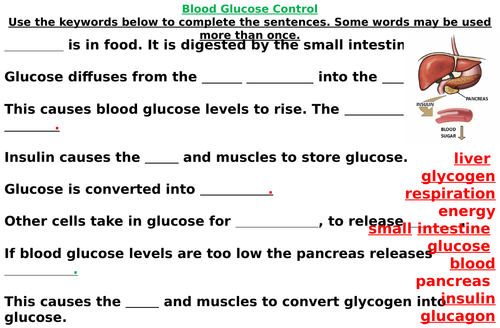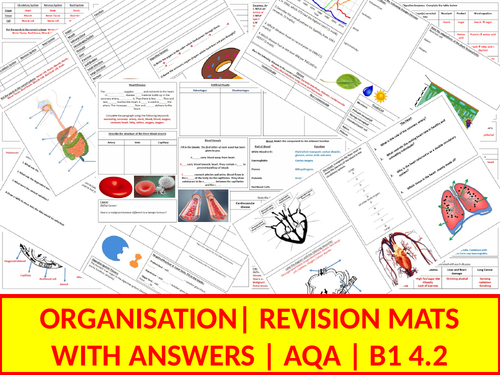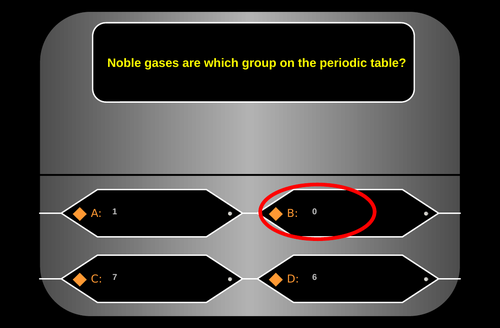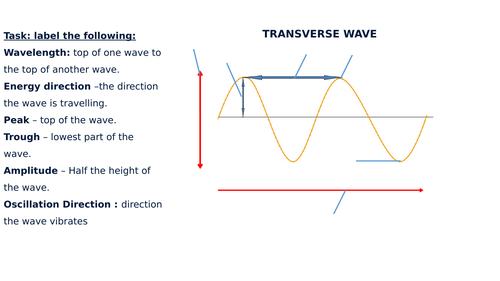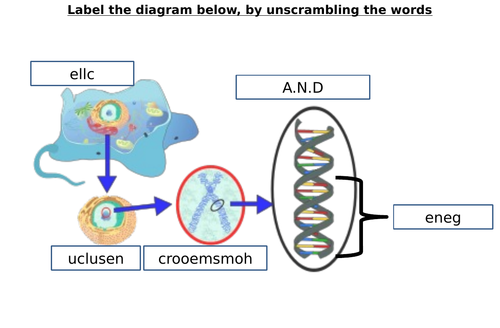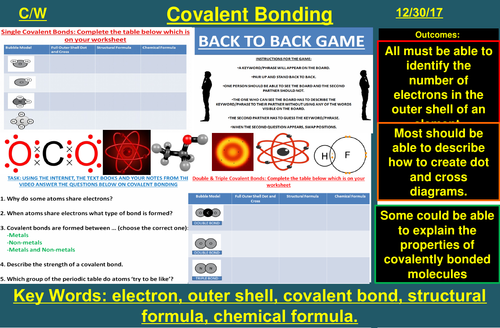zmzb
Outstanding resources available -AQA chemistry, biology and physics lessons. -Differentiated science worksheets compatible with all exam boards. -Brilliant splat AfL powerpoints. -Engaging 'Who Wants to be a Millionaire' themed AfL science quizzes.







